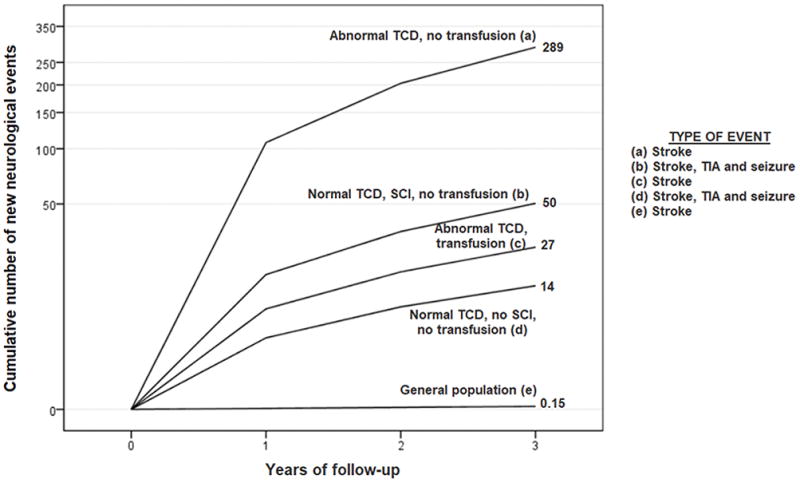Figure 2. Comparison of the incidence of new neurological events in different groups of children with SCA.

In a hypothetical cohort of 1,000 children followed for 3 years, we report the cumulative number of new neurological events. We compared data from the current study to published stroke rates from the STOP trial, children with abnormal transcranial Doppler (TCD) ultrasound measurement defined as: time averaged mean maximum velocity of ≥ 200 cm/second, treated and not treated with regular blood transfusion therapy and to the stroke rate in general population of children. The figure depicts the cumulative number of neurological events; all numbers are the cumulative events per 1,000 children followed for 3 years. The groups are (a) abnormal TCD velocities, no silent cerebral infarcts (SCIs) not on blood transfusion – 289 stroke events,5 (b) normal TCD velocities, SCIs, not on blood transfusion – 50 events -current study, events are stroke, TIA and seizure, (c) abnormal TCD, no SCI, on blood transfusion - 27 stroke events,5 (d) normal TCD velocities, no SCI, no transfusion - 14 events, current study - events are stroke, TIA and seizure, (e) children with strokes in the general population without SCA - 0.15 stroke events.20 Thus, even children with SCA in the lowest risk group for strokes (normal TCD velocities, no SCI, no transfusion), have approximately a 100-fold increase in risk of strokes when compared to the general population of children without SCA.
